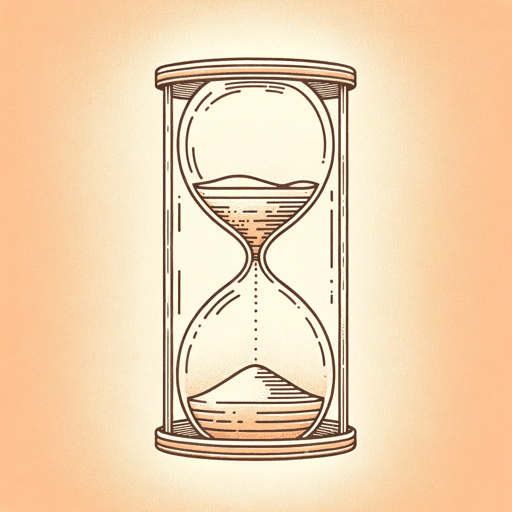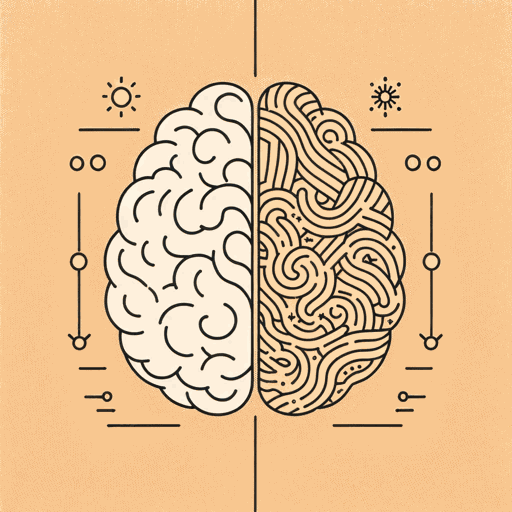48 pages • 1 hour read
Daniel H. PinkThe Power of Regret: How Looking Backward Moves Us Forward
Nonfiction | Book | Adult | Published in 2022A modern alternative to SparkNotes and CliffsNotes, SuperSummary offers high-quality Study Guides with detailed chapter summaries and analysis of major themes, characters, and more.
Part 2Chapter Summaries & Analyses
Part 2: “Regret Revealed”
Part 2, Chapter 5 Summary: “Regret on the Surface”
In 1965, George Gallup, founder of the American Institute for Public Opinion, conducted a poll asking what Americans would do differently if they had a chance to relive their lives; 43 percent chose “Get more education” (63). A top regret in the 1980s among female undergraduates and adult women was not having taken education more seriously. Years later, a survey of community college students and another survey of retired people found similar results, that academic regrets were the most common. A study in 2005 by social psychologists Neal Roese and Amy Summerville examined 12 previous studies and established 12 categories of regret. Roese and Summerville found that education was the most common regret, the prime regret of 32 percent of the 3,041 participants. They concluded that “opportunity breeds regret,” and “education is open to continual modification throughout life” (65). However, they realized that the studies had been flawed because most of them took place on college campuses (i.e., educational contexts). They believed a survey that reflects the diversity of the entire country would produce more accurate results. This led to an improved survey, which found that regret was distributed across various areas of life. The survey found that regrets involving romance were the most common.
Related Titles
By Daniel H. Pink



